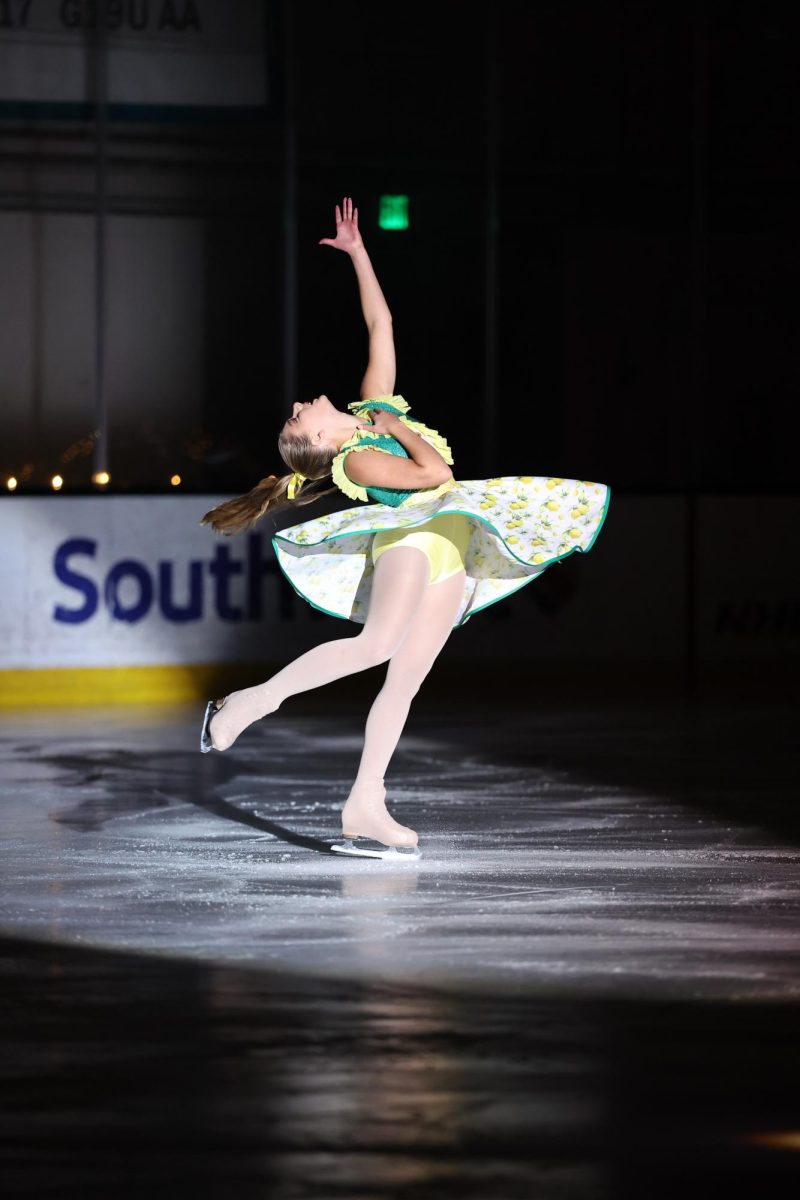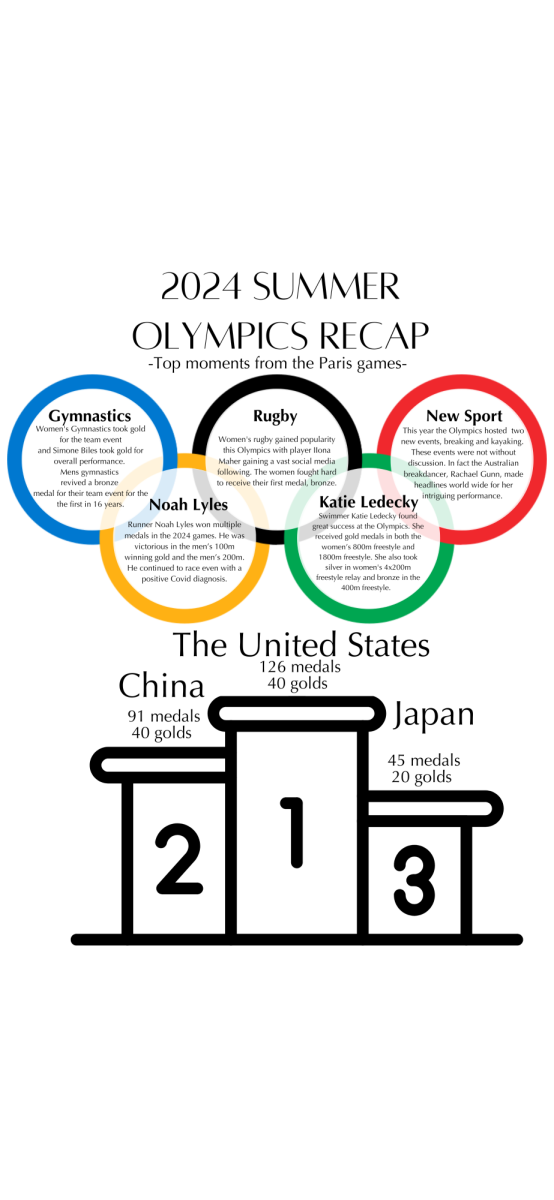The overlap between the club and high school soccer seasons gives unique challenges for coaches and athletes. With college recruitment in November, athletes balance intense training with tryouts, while also needing time for recovery. Coaches work to manage this, ensuring athletes stay healthy and prepared for the high school season and college scouting.
The coach of girls’ varsity and JV soccer, Kete Meskill explained this scenario from a coach’s perspective, “November is a big recruiting time. So going into those final two weeks of November is where kids can go out of state to play in front of a bunch of college coaches.” This overlap creates a challenging but important time for soccer athletes, as they balance high school soccer while trying to impress college recruiters.
This overlap affects the balance between club and high school soccer, as players juggle both for the first few weeks before focusing on high school after their first game. Sophomore Lily Toole is an affected individual in this context, playing high school and club soccer simultaneously for this short period. “Basically during tryouts and club season, you have to do both. And then for the first couple of weeks of high school, you do club at the same time. But then once you play your first game, you can’t do club anymore,” she explained, this tricky schedule affects athletes, players work to maintain a steady routine.
Not only does this impact schedules but it also affects having a steady recovery. Toole elaborated, “I mean, it’s a little tiring. It’s hard on your body, so you have to really focus on your recovery and all that.” Focusing on your body is important to have a steady recovery, as it prevents injuries and ensures a solid performance. Proper rest, nutrition, and recovery are key to a consistent performance.
While some athletes overlook the challenges of this, others find it frustrating. Sophomore Jordan Pagel explains, “It’s really hard to manage your time, especially with school, because you don’t have as much time,” reveals the struggle and frustration of balancing soccer and school, she added, “It’s very like, it’s just hard you have no time to do what you want to do. So burnouts like, easy to get, like, fall into.” Pagel’s experience reflects the mental and physical toll athletes navigate.
Tryouts for high school soccer athletes are also impacted by these circumstances. “Tryouts are pretty tough. You run the risk of overworking the kids and making it a little bit too difficult for them on their bodies,” Meskill emphasized. Meskill highlighted that to manage this, being open with your coaches can help athletes from being overworked.
To maintain a healthy schedule some soccer athletes can recommend staying constantly hydrated, getting a good amount of sleep, stretching, and recovering from practices and games. These soccer athletes appear to have a difficult time during this period, struggling to avoid burnout but also trying to balance commitments.



